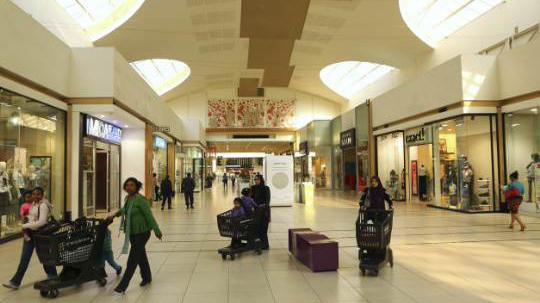Mall vacancies reach post-recession high as department stores vanish
Vacancies in shopping malls throughout the United States have hit an eight-year high as a wave of retail bankruptcies leave once-thriving shops with empty shelves and papered-over windows.
The rate of unoccupied storefronts surged 10 basis points to 9.4 percent during the last three months of summer, according to data published Friday by Reis, a unit of Moody's Analytics. That figure matched the post-financial crisis high in 2011, according to a report by Seeking Alpha.
Metro areas with the emptiest malls include Long Island, New York; Tucson, Arizona; Charleston, South Carolina; Baltimore and Syracuse, New York. Occupancy levels picked up, meanwhile, in Louisville; New Haven, Connecticut; suburban Virginia and Florida's Tampa Bay area.
The rankings, according to the data, are loosely tied to shifts in employment as new restaurants in some areas replace closed stores. The increase in vacancies, fueled partly by debt-laden retail companies that couldn't meet payments, has also been blamed on the rise of online commerce and may exacerbate worries that the challenges facing brick-and-mortar stores will worsen.
GET FOX BUSINESS ON THE GO BY CLICKING HERE
In February, Payless ShoeSource decided to close all 2,100 U.S. stores. Gymboree has shut down its remaining 750 stores, and fast-fashion retailer Forever 21. filed for bankruptcy this week and will close as many as 178 of its 700-plus U.S. stores.
Sears, the Amazon of the pre-Internet area, filed for bankruptcy protection in late 2018, after closing many of its U.S. stores, and Toys 'R Us, hobbled by $5 billion in debt and more intense competition, did the same about a year earlier.
CLICK HERE TO READ MORE ON FOX BUSINESS
As of April 2019, store closures exceeded the total recorded for all of 2018, says Coresight Research, a global research and advisory firm.
The Associated Press contributed to this report.




















